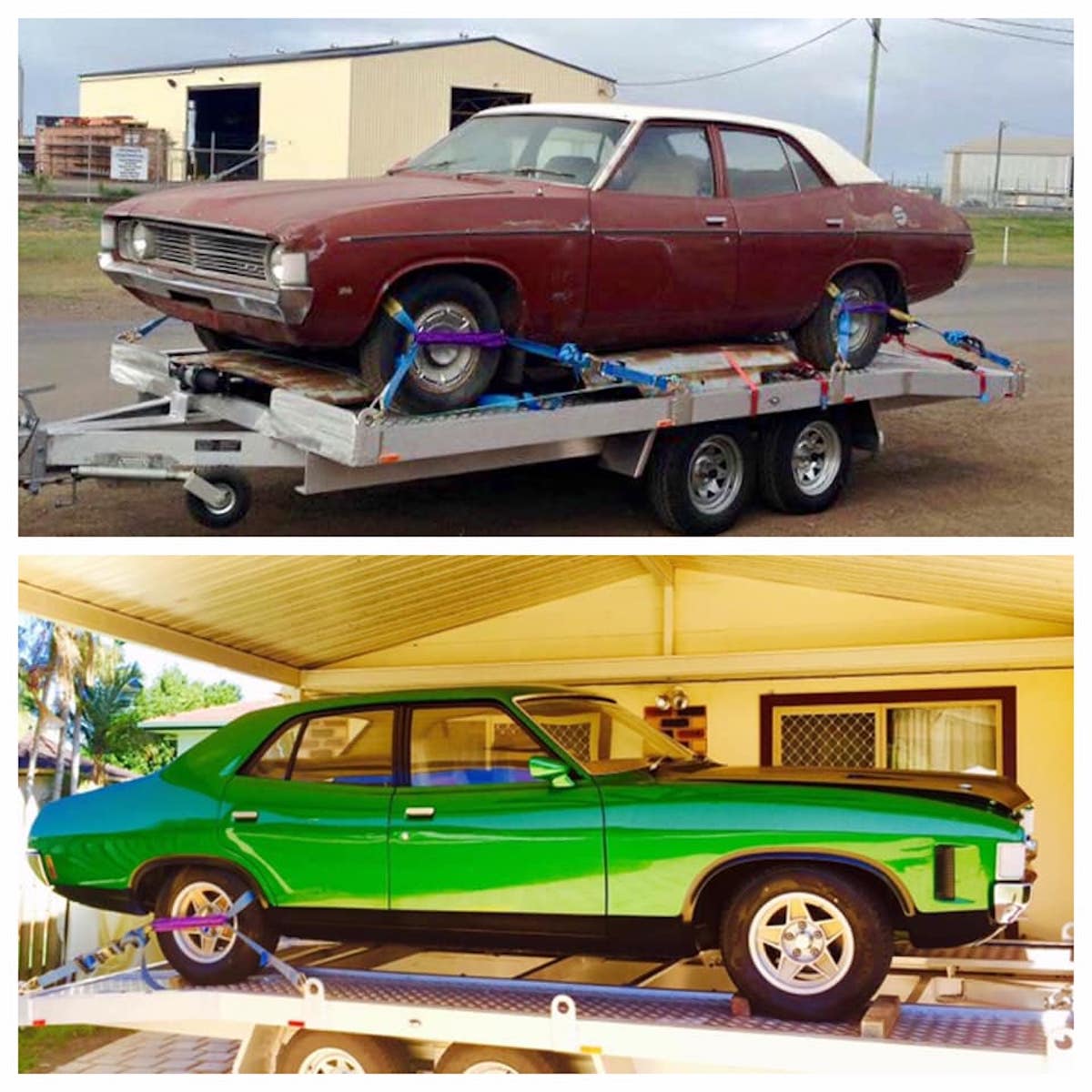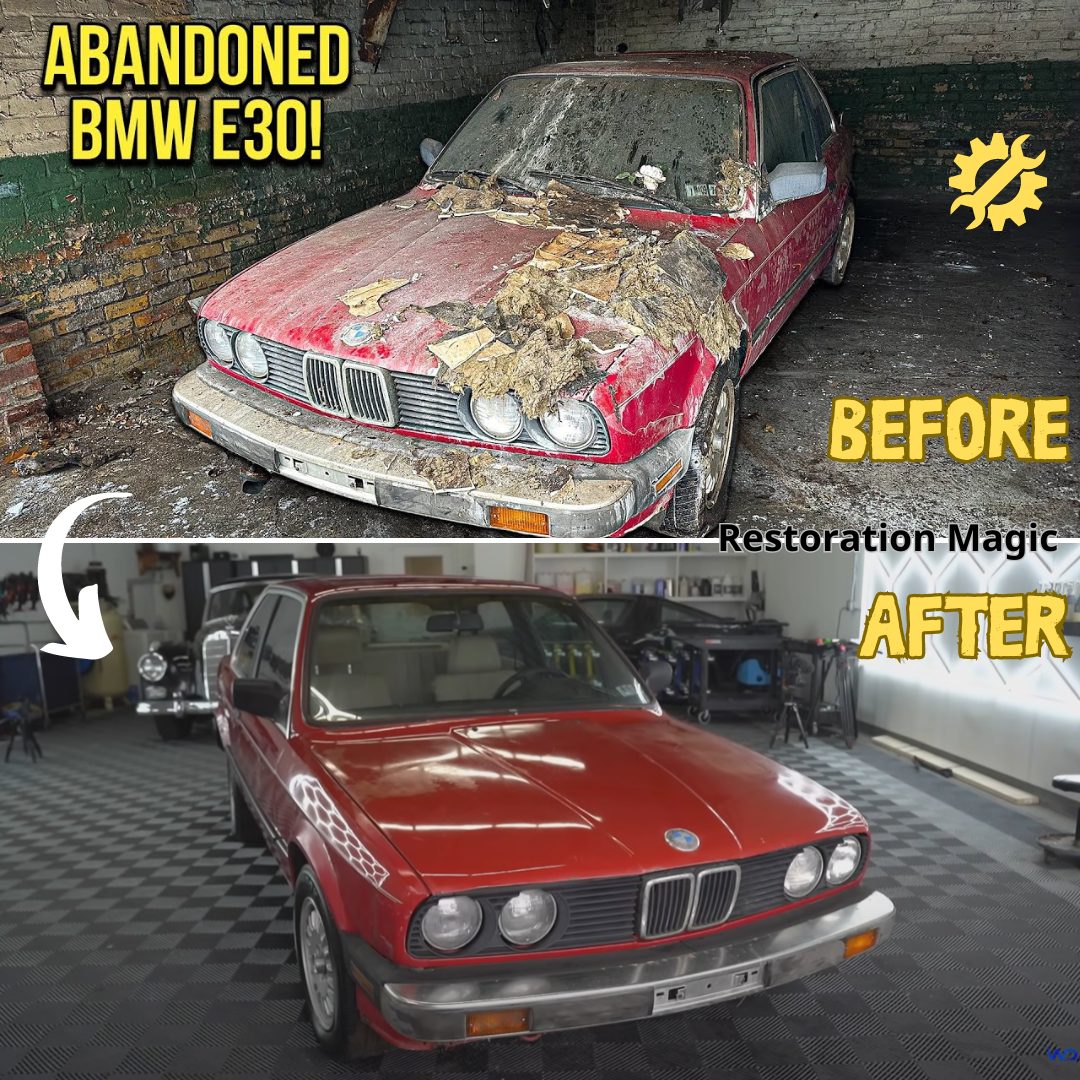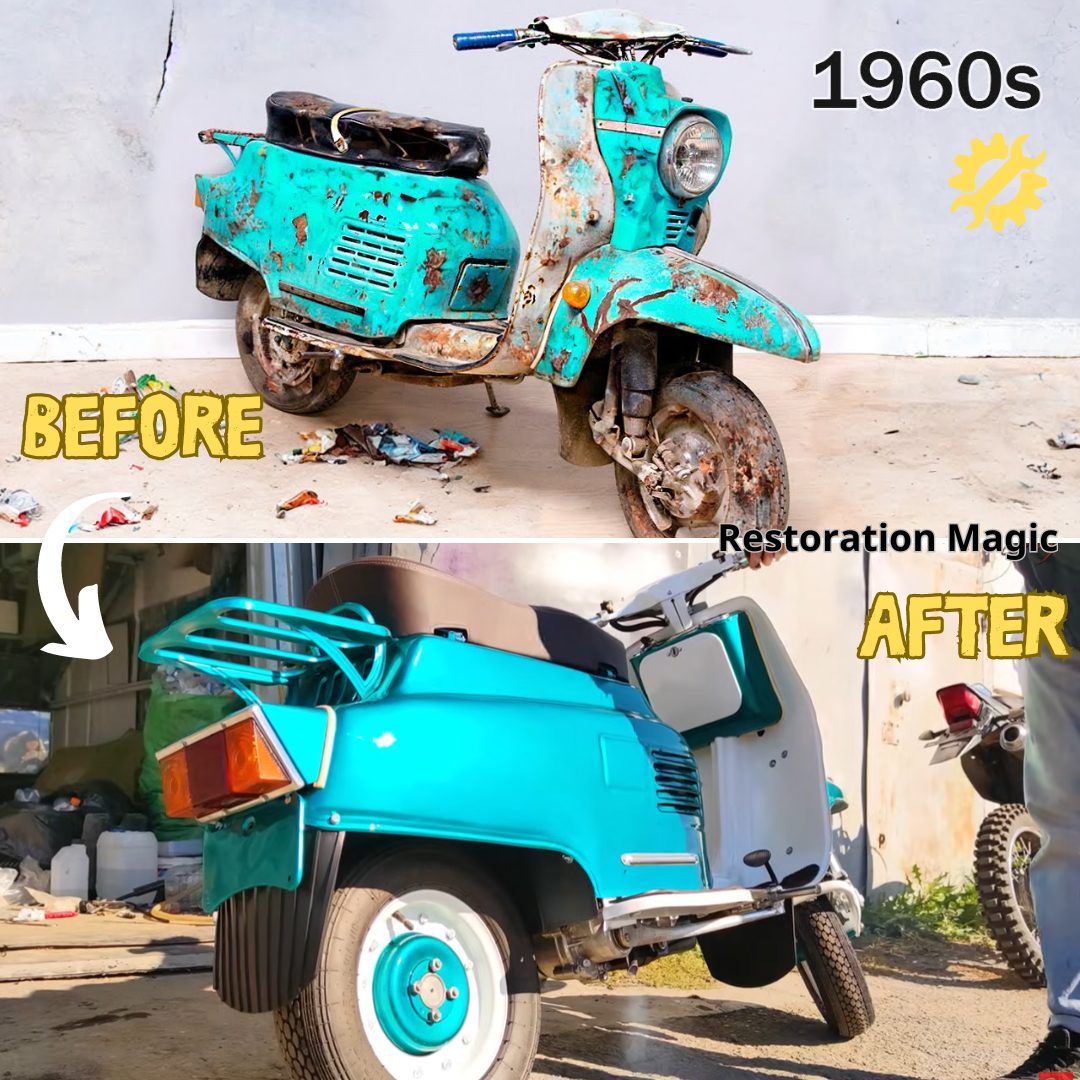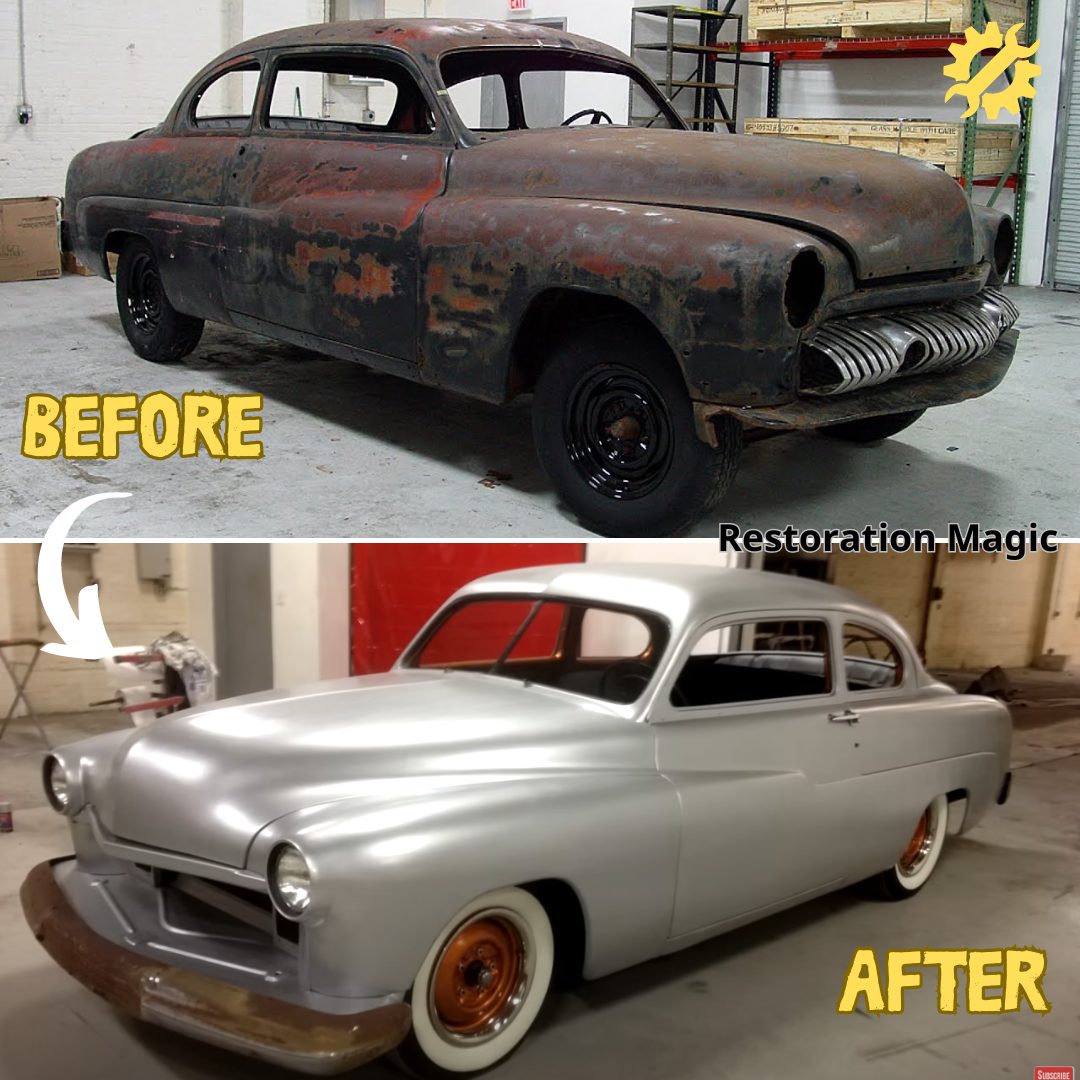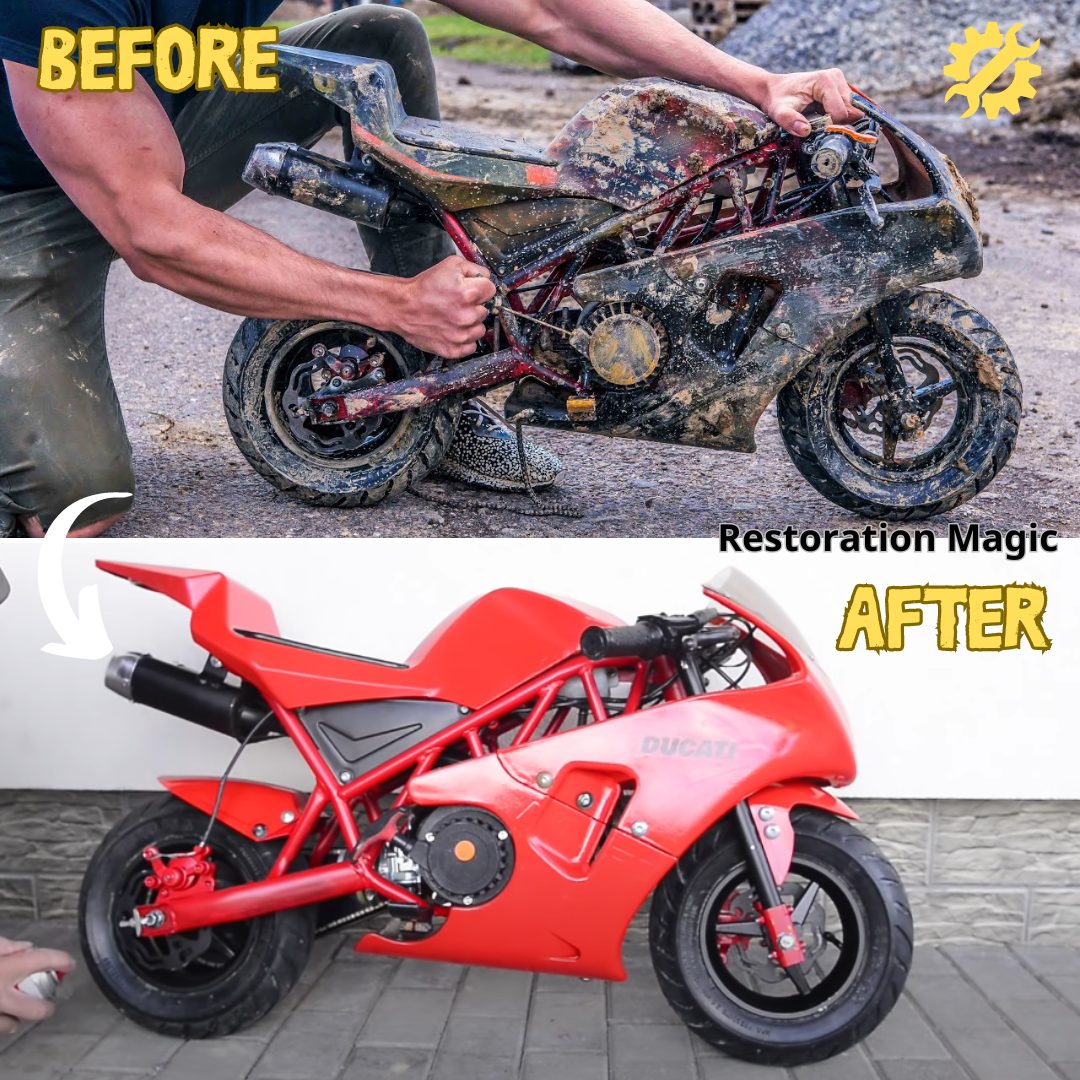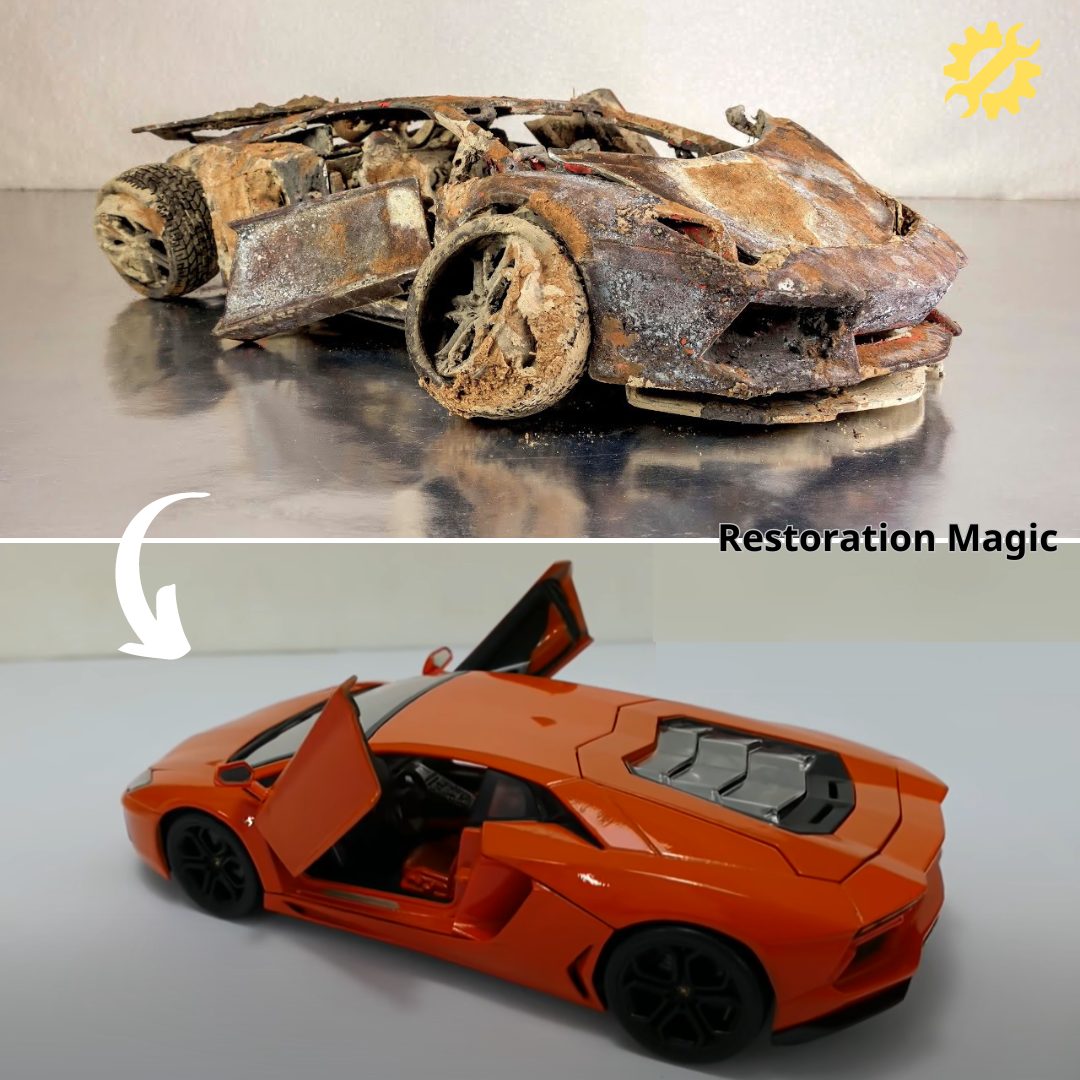We’re kicking off our new Design Analysis article series by automotive designer Robert Forrest with a closer look on the remarkable styling of the Mercedes-Benz SL.
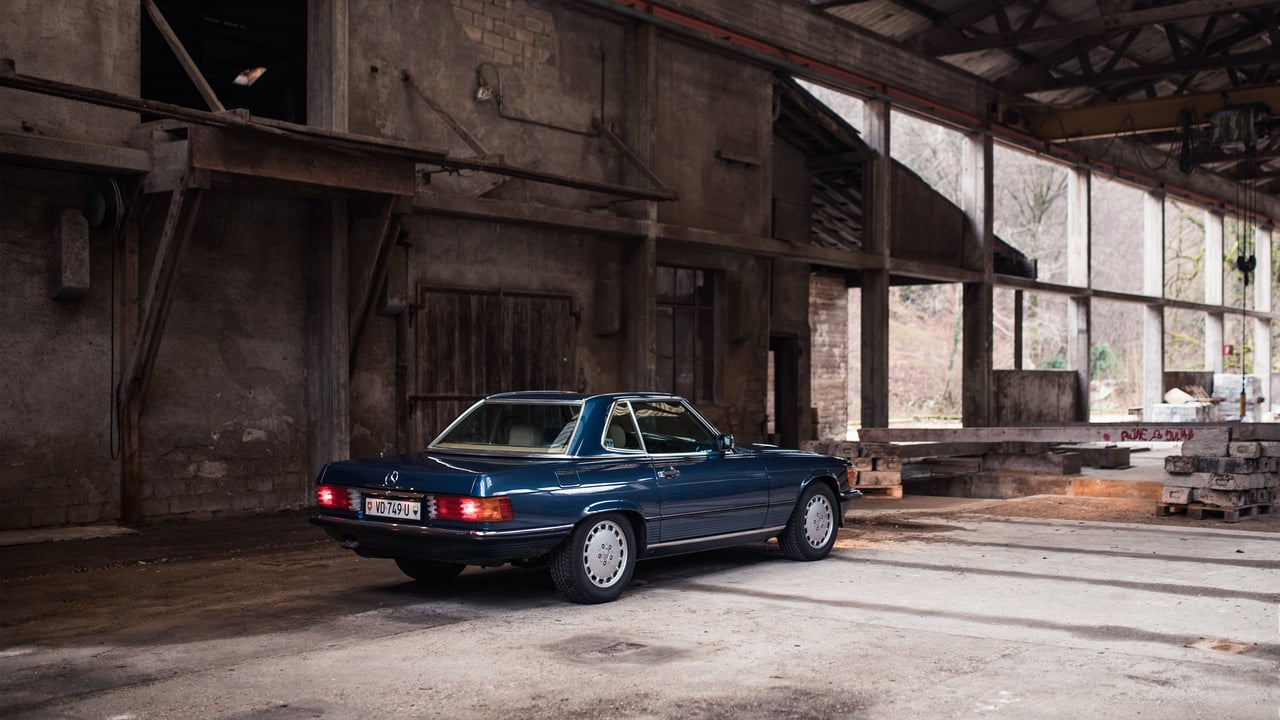
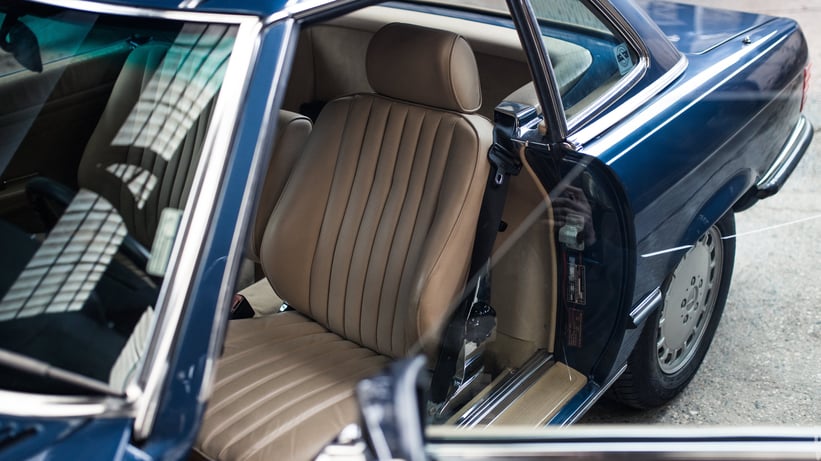
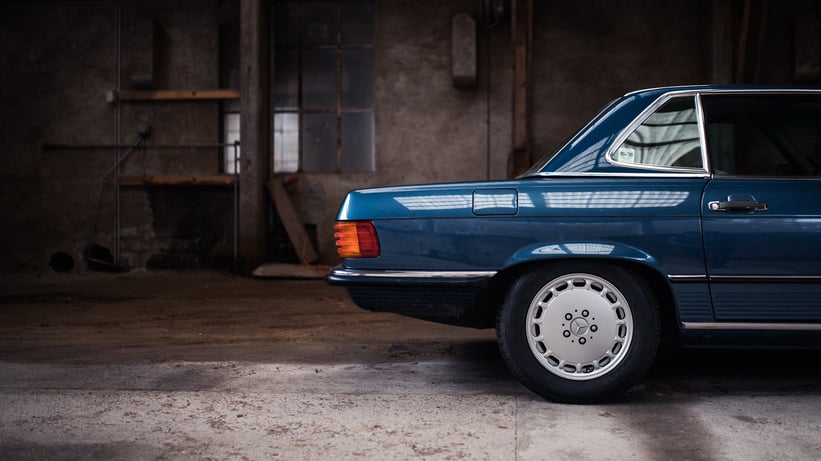
Blink, and you still wouldn’t miss it, a feature as stark as a Habsburg chin. The pointed grille of the R107 conjures the brow of the Blitzen Benz, a car which in 1909 set the land speed record. To see the Blitzen resurface more than half a century later is a close to genealogy as design gets: in lieu of DNA, designers curate features from previous models to evoke more emotional products. Not all traits are passed from one generation to the next, however. Entire epochs can be overlooked. The generation-defining W123 and W124 have no role in today’s form language. And neither does the R107.
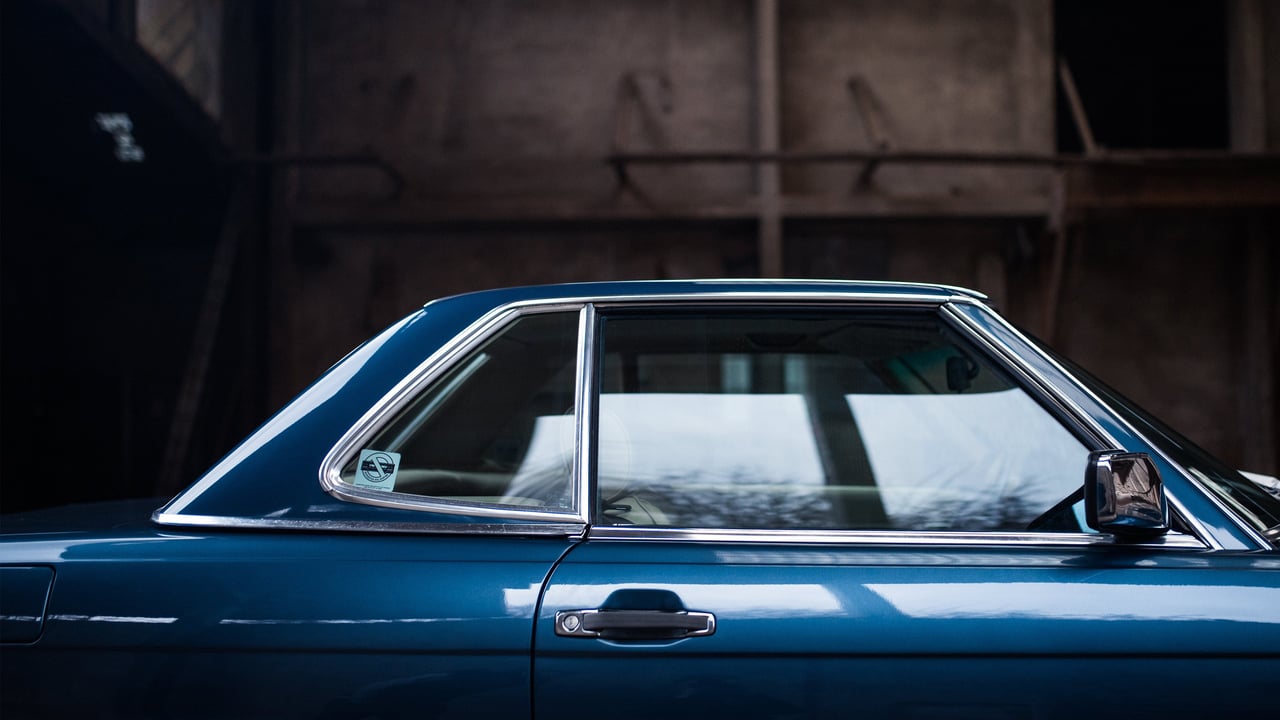
Despite the consistency of the SL name, no two generations are alike. The Pagoda was a wallflower beside the gullwinged bombshell, its clarity and litheness better appreciated years later. The R107 that followed was a simple shoe-box garlanded with the family silver to attract American buyers. A beauty it is not, but taste was never the point: the SL is a statement of wealth.
The craft behind the SL’s surfaces becomes apparent in the metal. The longer SLC coupé makes apparent the fuselage of the bodyside, extenuated by tucking the rear wheels into the wing. Running the length of the body is a rubber and chrome strip, an oddly pragmatic feature for a valet-parked car. Here, an optimist might see parallels to the Gullwing’s chrome water-line; a romantic, the stepped flanks of the W25. Intriguingly, Bruno Sacco resisted the temptation to swap the strip for his Bretter panels in the 1985 facelift, and ignored altogether the 450SLC 5.0 Rallye, which removed them. Beneath, the idiosyncratic ribbed flanks are shared with the era’s S-Class, capturing the glide of stylists’ pencils on slide-rules.
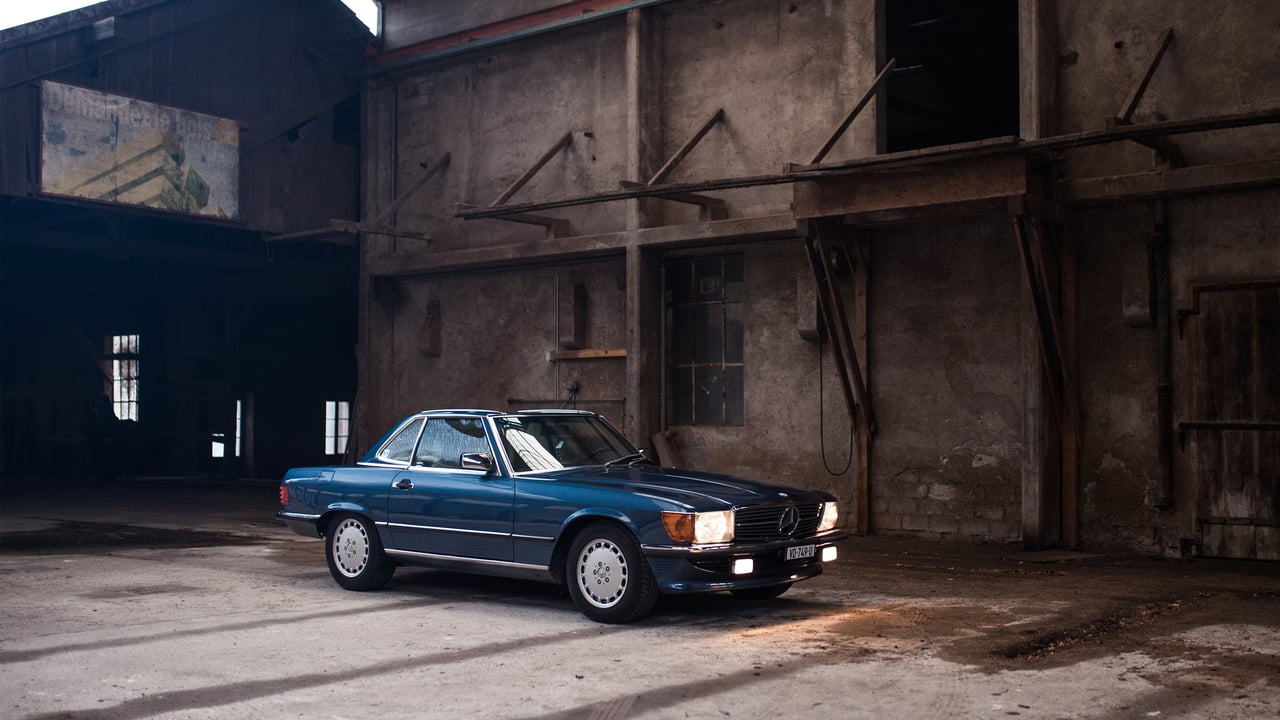
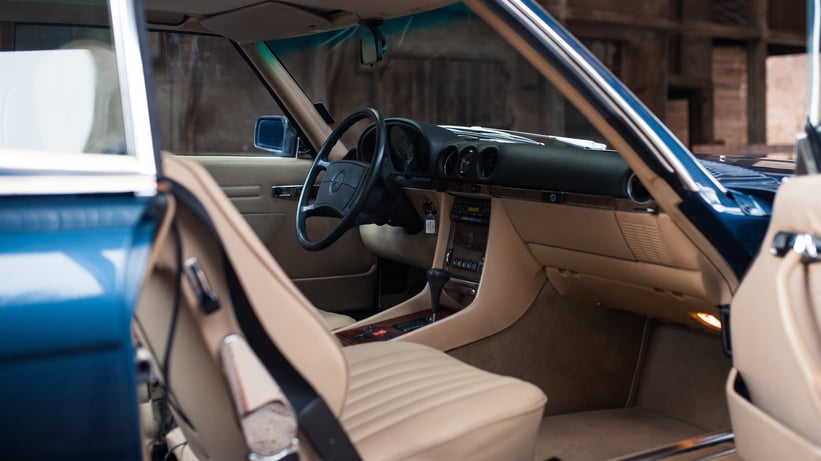
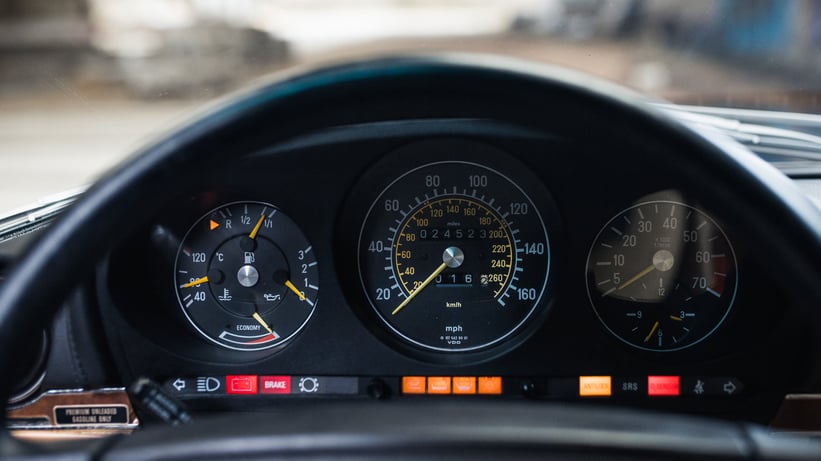
Inside, impeccable sight-lines are helped by skinny pillars a raised pinky away from the steering-wheel. The trio of circular air-vents would be propagated for modern Mercedes interiors, beyond which the distant swell of the bonnet presses into the horizon. Engorged V8s carry the car with surprising alacrity, but lift off the accelerator at speed and the air-brake of the 300SLR might come to mind: aerodynamics would play a bigger part on subsequent models.
If the R107 has no influence on today’s SL, consider this: that in striving to garner the attention of a wealthy market, it is closer in spirit to the Maybachs currently courting China. Four generations on, it is still the very essence of the company.
